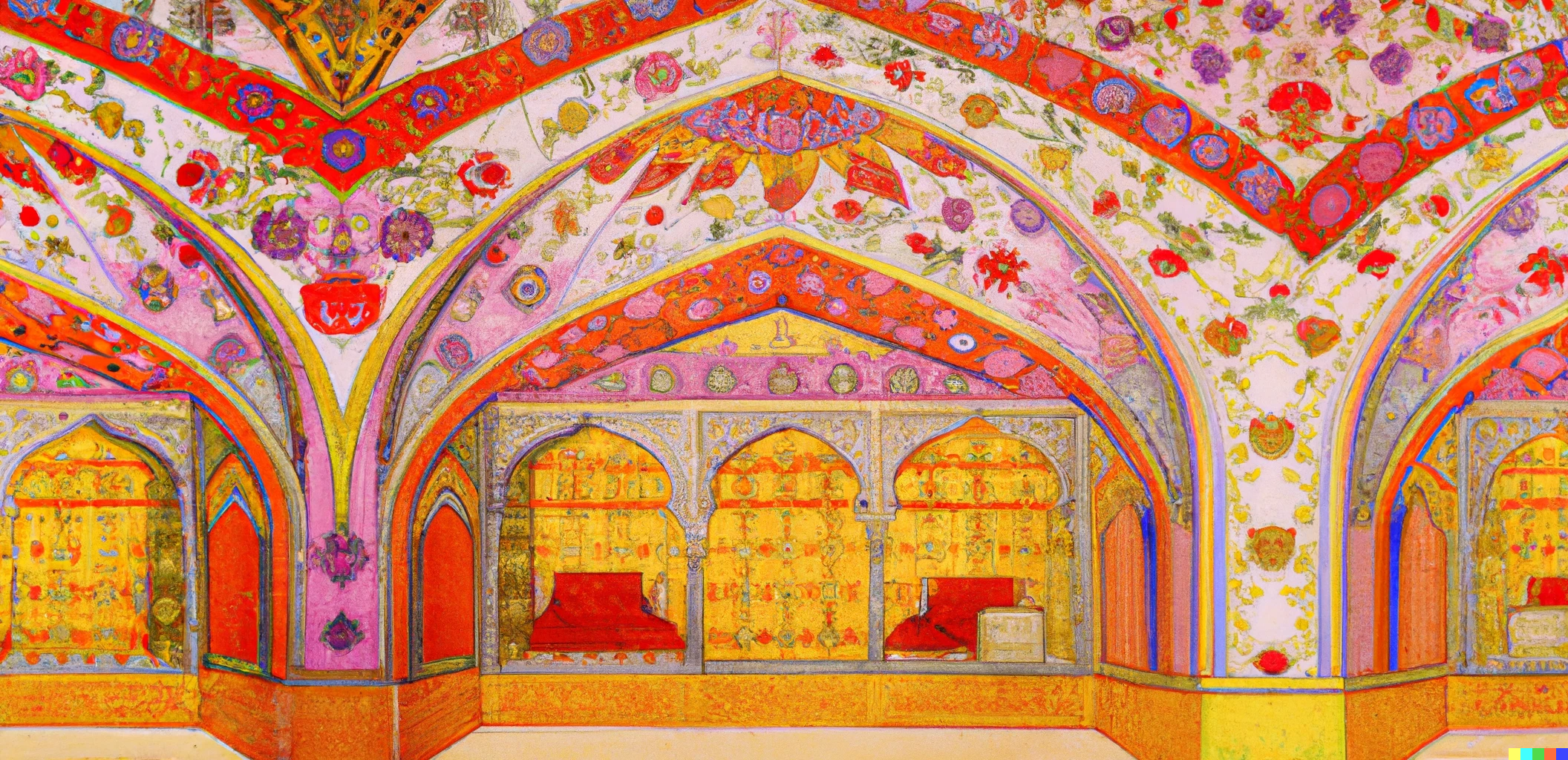One of my favourite books is ‘The Razor’s Edge’ by Somerset Maugham. The opening epigraph is:
The sharp edge of a razor is difficult to pass over;
thus the wise say the path to salvation is hard.
It never made complete sense to me when I first read it in my twenties, and it still doesn’t. Why would anyone pass over the edge of the razor? What does that mean? It also struck me as odd that a holy text would use a razor as a metaphor (quite a new object) and it seems like a clunky and off-putting symbol for a work so significant.
It was bugging me this evening and I wanted to understand it further. There didn’t seem to be many satisfactory interpretations searching the web, and I started concluding that maybe there was something lost in translation. By finding the original quote I may be able to understand it better.
The quote comes from the Katha-upanishad, a Hindu text. I found a version version in Sanskrit:
उत्तिष्ठत जाग्रत
प्राप्य वरान्निबोधत ।
क्षुरस्य धारा निशिता दुरत्यया
दुर्गं पथस्तत्कवयो वदन्ति
I cannot read Sanskrit, but I found a matching transliteration as:
Arise, awake, find out the great ones and learn of them; for sharp as a razor’s edge, hard to traverse, difficult of going is that path, say the sages.
I found another translation as:
Arise! awake! approach the great and learn. like the sharp edge of a razor is that path, so the wise say—hard to tread and difficult to cross.
In other translations ‘learn’ is translated as ‘realise the self’.
Since it appears that there is no commas in Sanskrit I noticed that splitting up sentences into individual phrases changed the meaning when using translating tools.
At any rate I started searching for translations from Sanskrit directly into Hindi (and then using tools to translate the Hindi translations into English). This garnered more results. By combining some translations
Arise, awaken, and attain the wisdom from the wise
This path, the wise say, is as difficult as walking on the sharpened edge of a knife.
The meaning is now clearer in my mind. However, there is no value in me now trying to add my interpretation of what this verse actually means (as in: why is the path as difficult as a ‘razor’s edge?’ – why this metaphor?), but I did coincidentally come across one further insight by pure chance …
Incidentally, as I was searching around, I learned that the Maharishi – who the protagonist, Larry, meets in The Razor’s Edge – is based on the same Maharishi that Dr Paul Brunton met in his book, ‘A Search in Secret India’, which I was reading last year, and which undoubtedly Maugham had read before writing The Razor’s Edge.
There is one passage when Brunton asks a sage why it is so difficult to find yogis and rishis and learn from them. The response brings us further insight into the original verse of The Razor’s Edge’:
“Does a Rajah keep his jewels on the highway for public display? No, he hides them in treasure chambers deep down in the vaults of his palace. The knowledge of our science is one of the greatest treasures a man can have. Is he to offer it in the bazaar for all and sundry? Whoever desires to grasp this treasure – let him search for it. That is the only way, but it is the right way. Our texts enjoin secrecy again and again, while our masters will reveal the important teachings only to tested disciples … it is full of grave dangers, not only to the disciple himself , but to others.”

